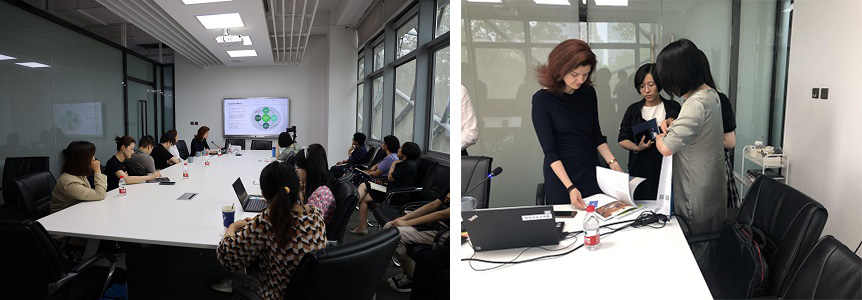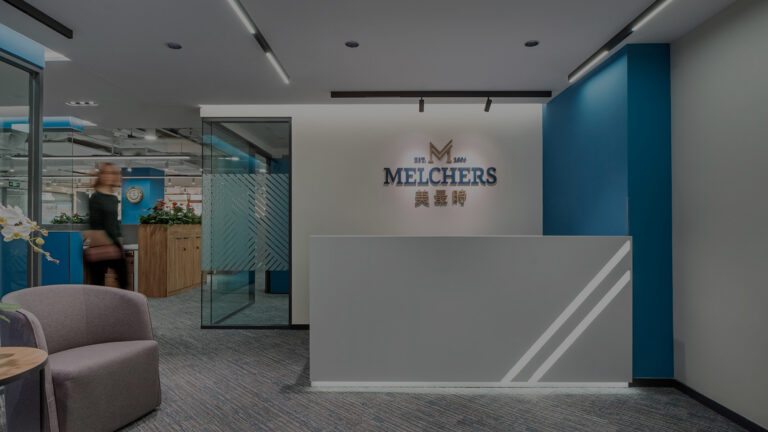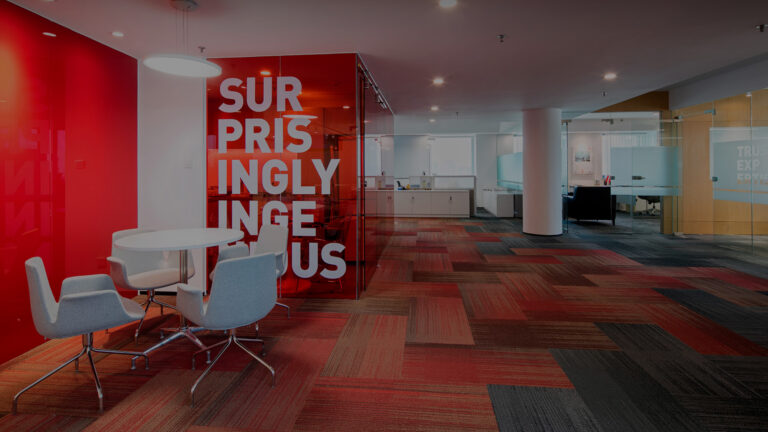On July 6th, 2021, our Managing Director, Barbara Seidelmann gave a presentation at the International Center for Creativity and Sustainable Development (ICCSD), where she spoke on the topic of “Applying a User-Centric Approach When Designing for Future Society.”
Originally from Vienna, Austria, Barbara has been working in China since 2005. Her background includes experience in various marketing, strategy, and luxury retail management functions, as well as a decade of designing commercial architecture. At 5 Star Plus Retail Design, she advises brands on the specifics of the Chinese retail market, design of store concepts, and marketing and brand strategies. With many years of experience and amazing accomplishments, Barbara had the pleasure of speaking at the ICCSD event.

The event was hosted by ICCSD, the world’s first UNESCO Category 2 Center founded by the People’s Government of Beijing Municipality and UNESCO in 2017. Throughout the presentation, she touched on various topics including the importance of user-centered design, the interaction between the user, the environment, and society, the customer journey mapping, and understanding the society.

Design differs from Art in that it needs to fulfill both functional and aesthetic needs. As designers, we need to deeply understand the user and their known and unknown requirements for using a space or product. Only in this way, and by observing the changes in society and therefore changes in the usage of architectural environments, we can successfully design for the future. By applying a user-centric, integrated approach, design and architecture become tools that positively influence and better the life of society.

Below were some of the key concepts that were covered:
1. Purpose of Future Architecture & Design
- Design not as “the planning of a house”, but rather the planning for the best possible life of a person. Product versus integrated concept including lifestyle and health aspects
- Improvement of life, physical and mental health, inspiration, and better energy rather than just “functional spaces”
2. New Approach – Challenge Everything
- Challenge all previous approaches on a concept and detail level, start from zero to address each issue in the best possible way
- Invest time into in-depth research and development of the concept rather than quick design and build
3. Understanding is Key
- Understanding current and upcoming underlying problems of particular groups in society, as well as their future needs, is important
- This understanding can only be developed by continuous research and observation, engaging those groups in conversations and possibly in the design process




